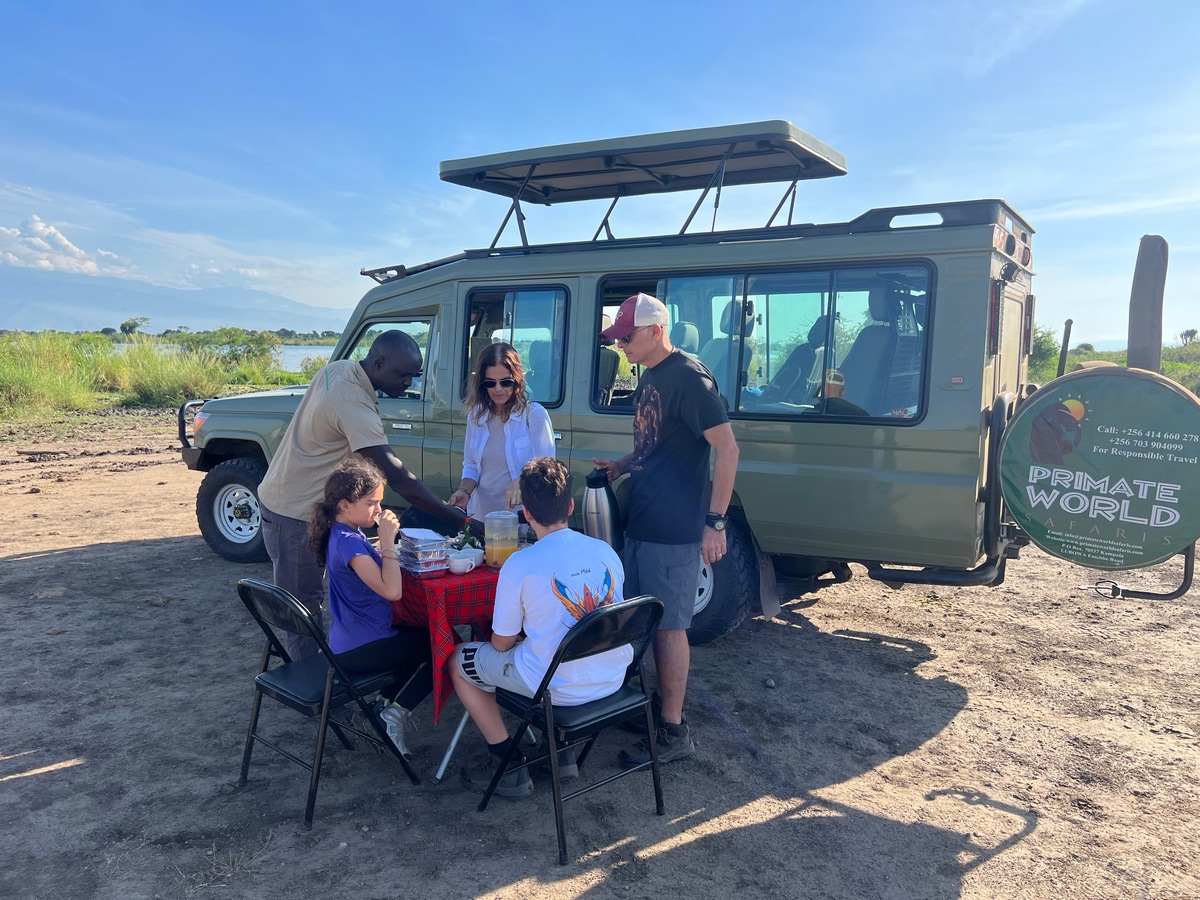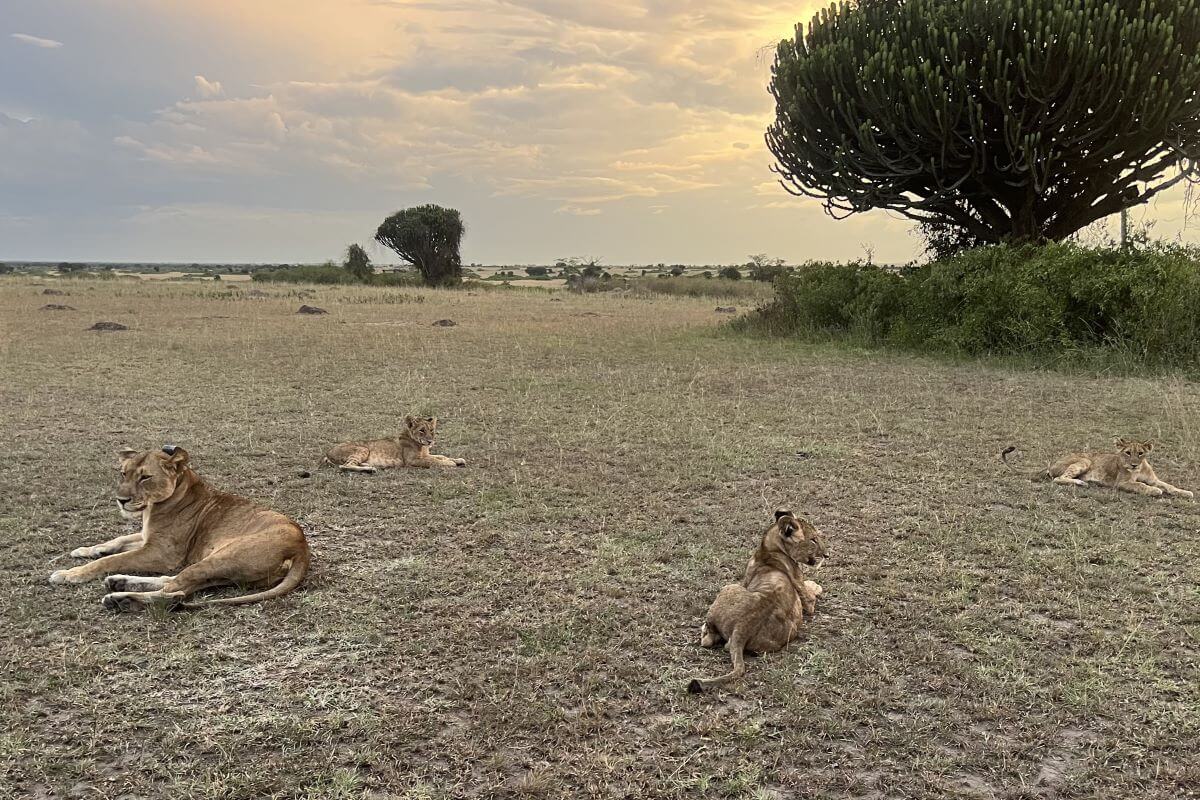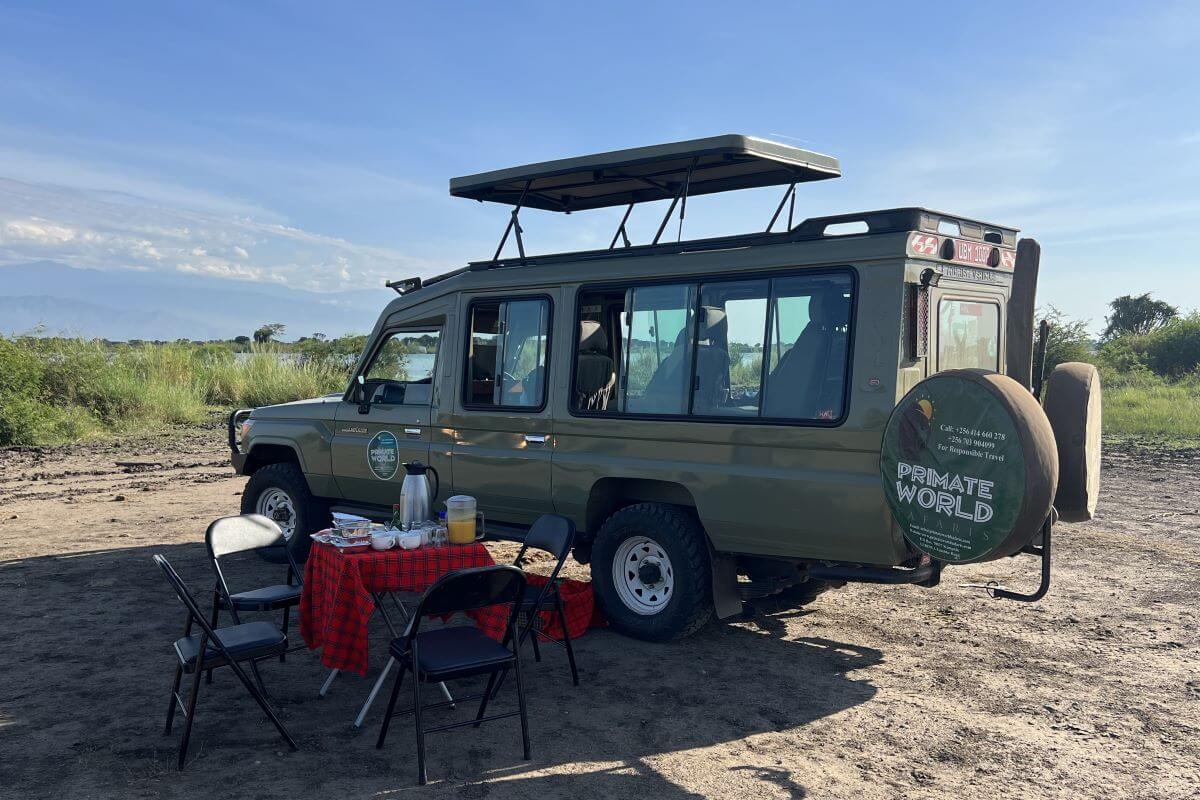There are lots of opportunities for tourists who desire to get up close with the wildlife species. Queen Elizabeth National Park offers the most rewarding adventure activity as you participate in monitoring some of the mammal species and exotic birds that occupy the National Park. This can be done through the use of locator devices and learning their habituation calls as well as monitoring the weather, group dynamics, their surrounding, and the behavior of the animals.
There are currently four experiential tourism activities that you can enjoy during your safari through Queen Elizabeth National Park and they include Lion Tracking, Mongoose tracking, Hippo census, and bird counting.
Once the findings have been obtained, the results are added to the Researchers’ databases hence contributing to the valuable information and the overall understanding of the ecology of wildlife and helping in the conservation of the wonderful ecosystem of Queen Elizabeth National Park.
To reduce the stress on the wild animals and increase the ultimate quality of experience for the tourists, the number of tourists per group is always limited and has to be booked in advance through the Mweya Information Centre.
| Activity | Foreign Non-Residents | Foreign Residents | East African Citizens |
| Lion Tracking | $200 | $150 | UGX 200,000 |
| Hippo Census | $100 | $100 | UGX 100,000 |
| Mongoose Tracking | $30 | $30 | UGX 30,000 |

This is one of the unique Experiential Tourism within Queen Elizabeth National Park and it’s a research program under the Uganda Carnivore Program. This activity is carried out in the Morning and the afternoon. Tracking lasts between one to three hours.
The research team makes use of radiator trackers that help them locate the lions. This activity gives tourists the chance to get closer to the lions than it is with game drives.
The main tracking location in Queen Elizabeth National Park is the Kasenyi sector. It is designed for researchers to have an in-depth study about the big cats in the protected areas of Uganda. Lions are also social animals that move in groups of 3-25 members in a pride. With this adventure, you will be able to learn about the nocturnal roars of the lions, their intensity, and also distress calls from the prey. You will also be told about the tactics used in tracking the lions, for example how to know when the lions are moving in the tall grasses and how they create a slight path of bent grass, how these predators mark their territories through scrapping the ground with their feet which creates parallel scrapes of soil. Other tactics used by the lions include rubbing their heads in the grasses that leave unnoticeable blonde hairs behind among others.

Unlike traditional game drives that can sometimes be crowded, lion tracking experiences often involve smaller groups. This provides a more exclusive setting, allowing you to appreciate the beauty of nature without distractions.
Lion-tracking Experiential Tourism often allows for unique photographic opportunities. Being on foot and closer to the ground provides a different perspective, and you may capture stunning shots of lions in their natural habitat.
Lion tracking is not a common activity in every safari destination. Choosing to track lions sets your safari apart, creating a memorable and unique experience that you’ll likely remember for a lifetime.
Mongoose tracking is conducted in the Mweya Peninsula of Queen Elizabeth National Park. This project supports over 400 banded Mongooses inhabiting 12 social groups.
Mongooses are small creatures with huge appetites and behaviors that captivate Wildlife Researchers. This activity is limited to a group of four people. Tourists accompany researchers for Experiential Tourism on foot to the Mweya peninsula and other places that are considered off-limit to other tourists to record the behavior of these highly social mammals.
Much as tourists participate because of the exhilarating experience achieved, they also get to contribute to this research project, because the collected data is added to the databases.

Hippo Census is the counting of hippopotamuses that still exist in the water bodies of Queen Elizabeth National Park, Kazinga Channel, Lake Edward Lake George, and other crater lakes around the park.
This activity can be done using a boat where the water bodies are narrow and the terrain is rough or on foot along the shoreline of the lakes. Researchers need to be equipped with a pair of binoculars to maximize the sightings and also a data recorder to capture all the counts made.
